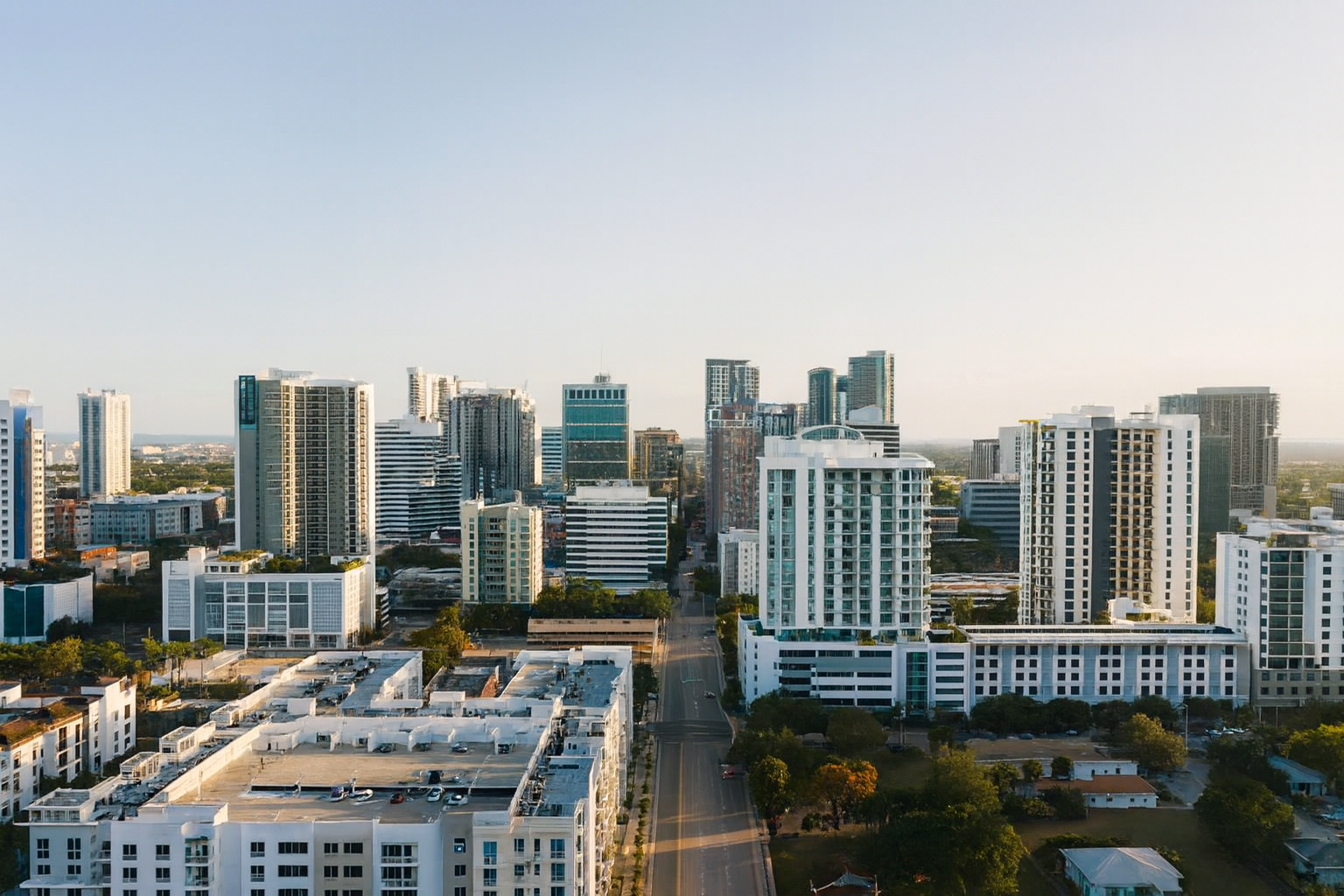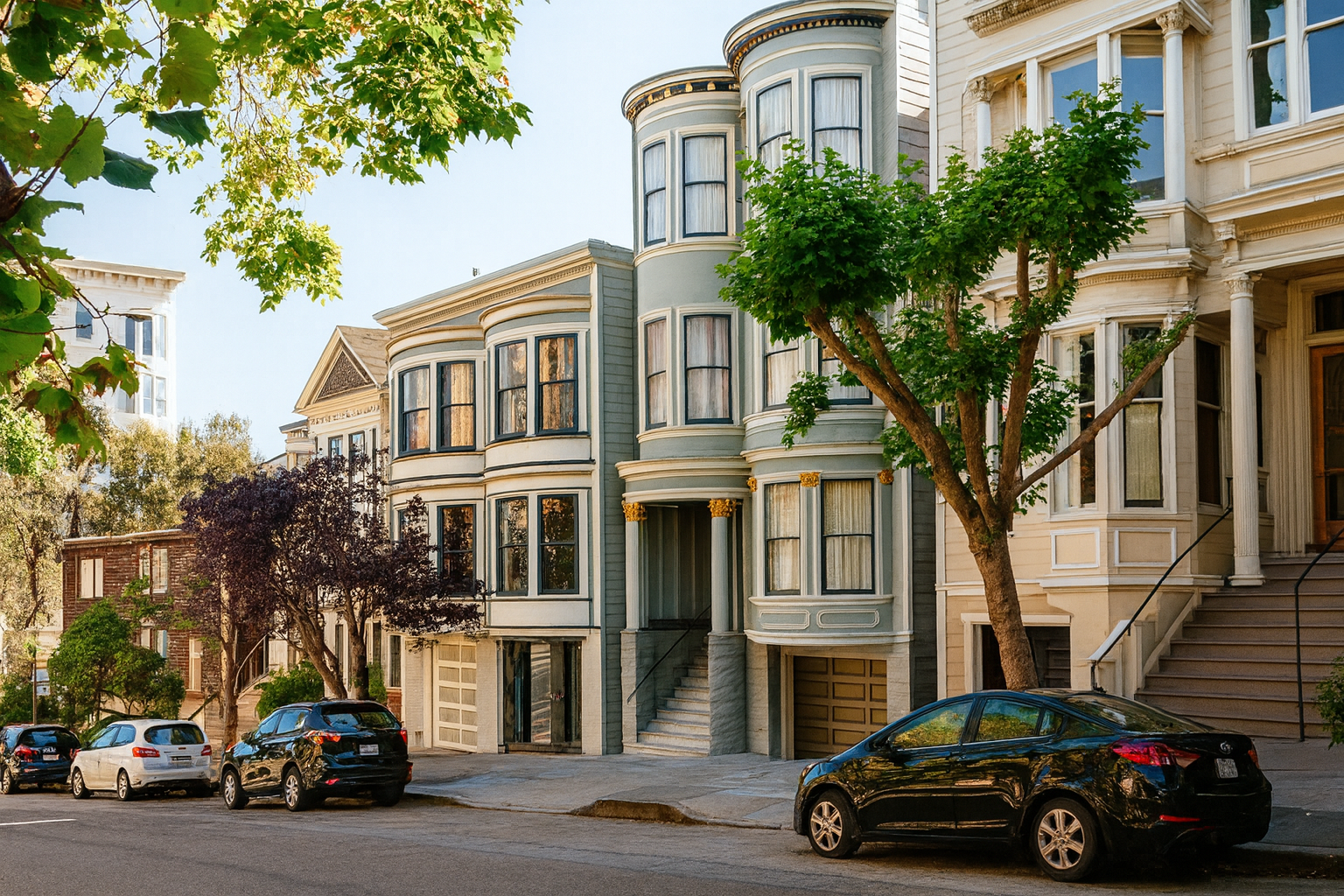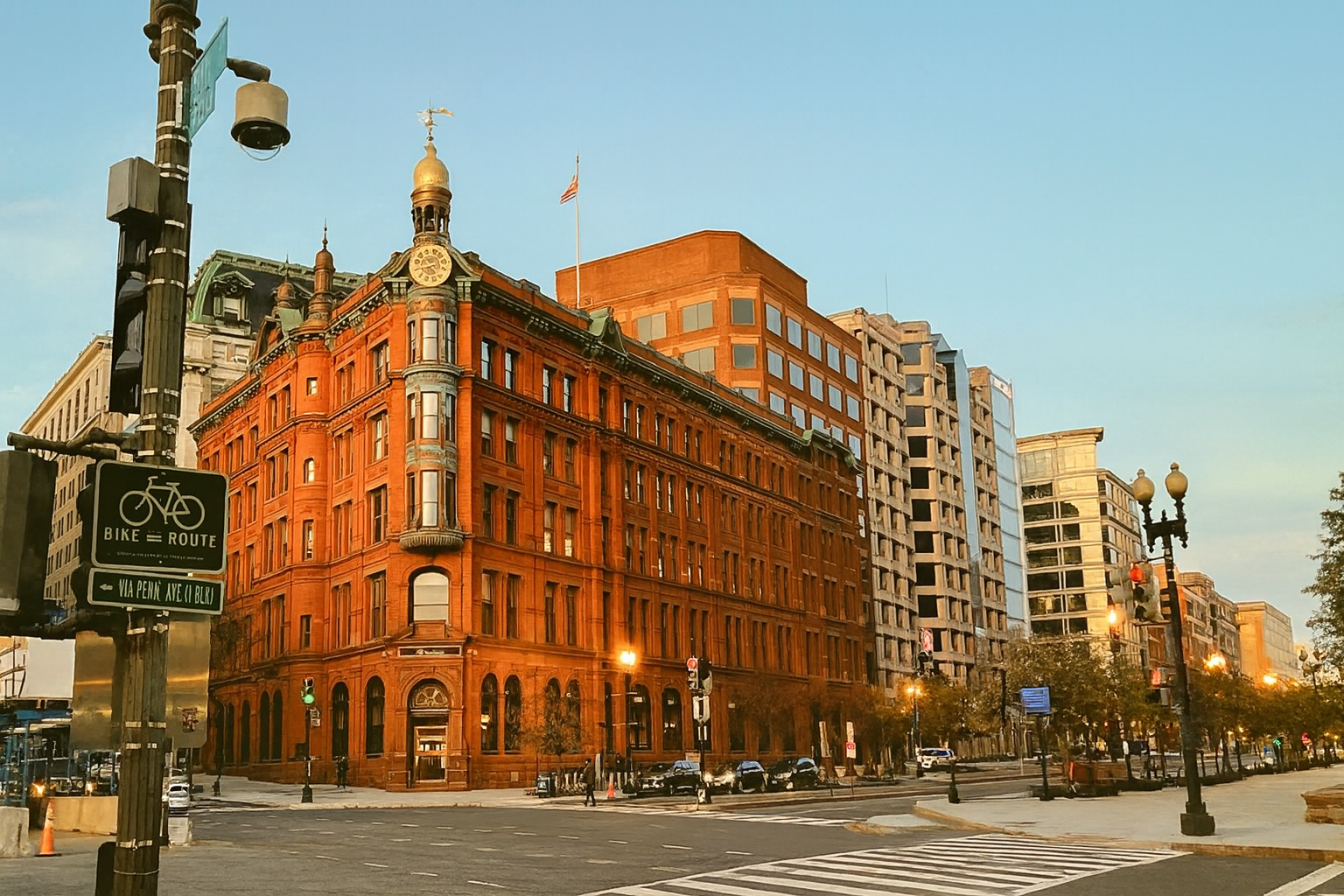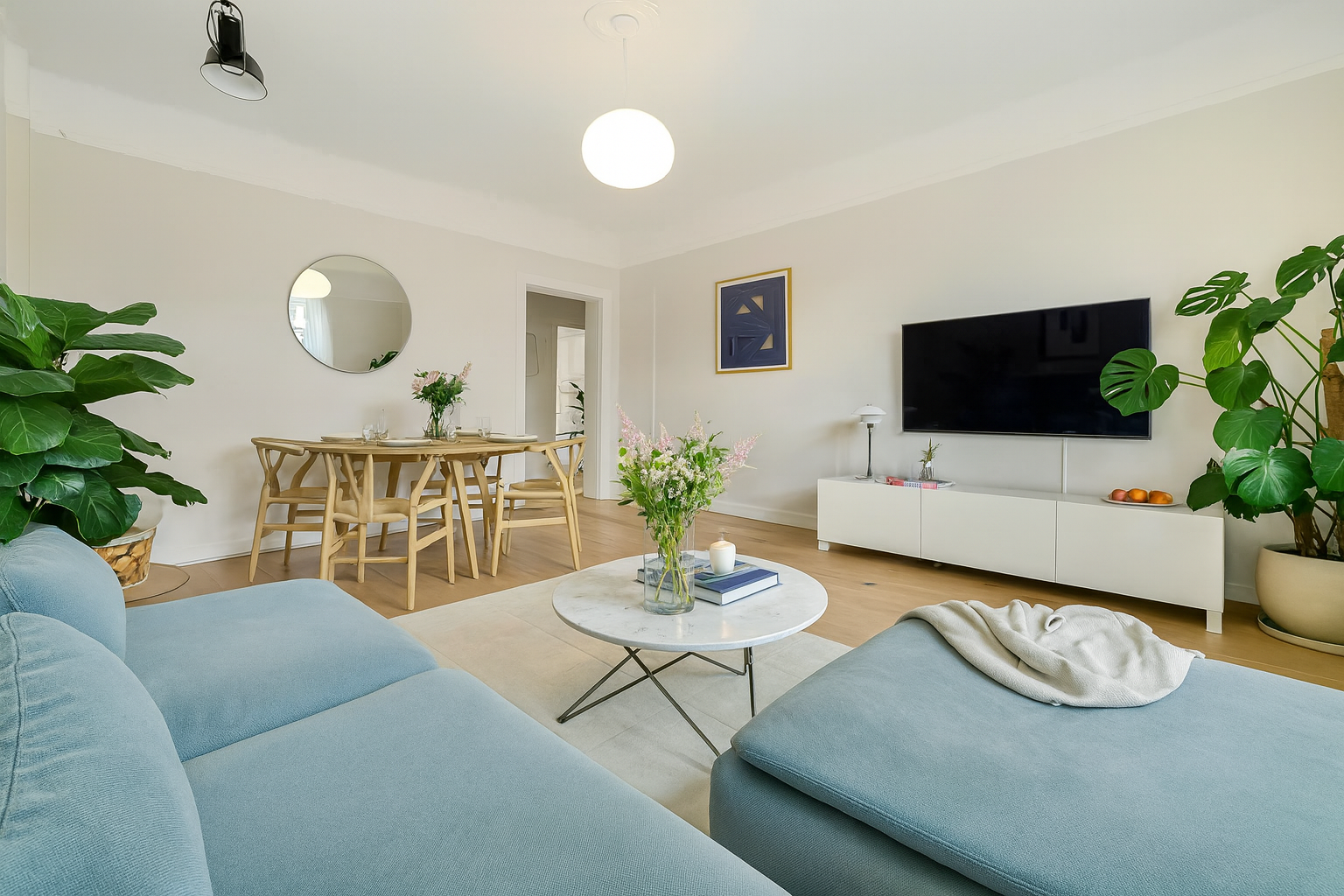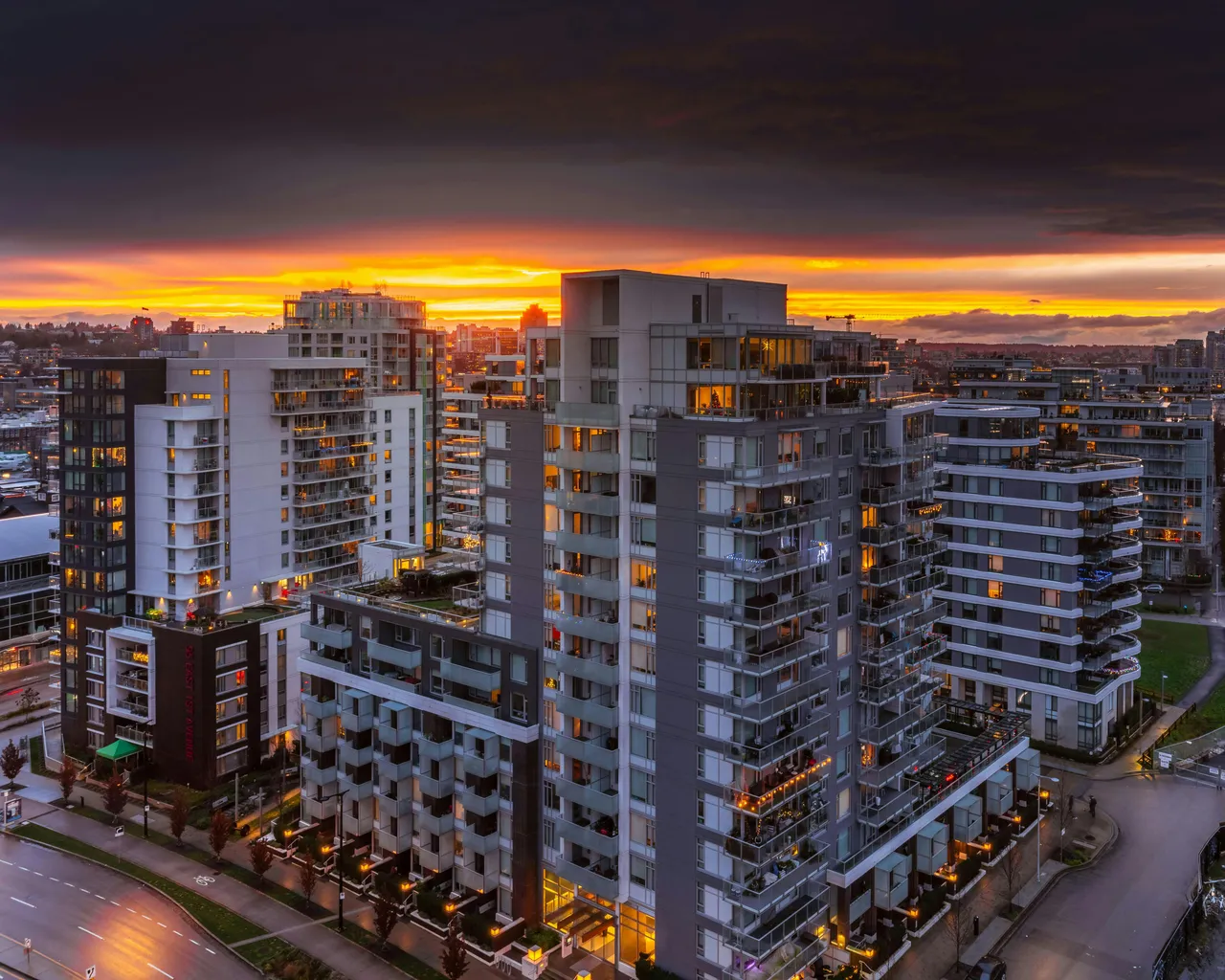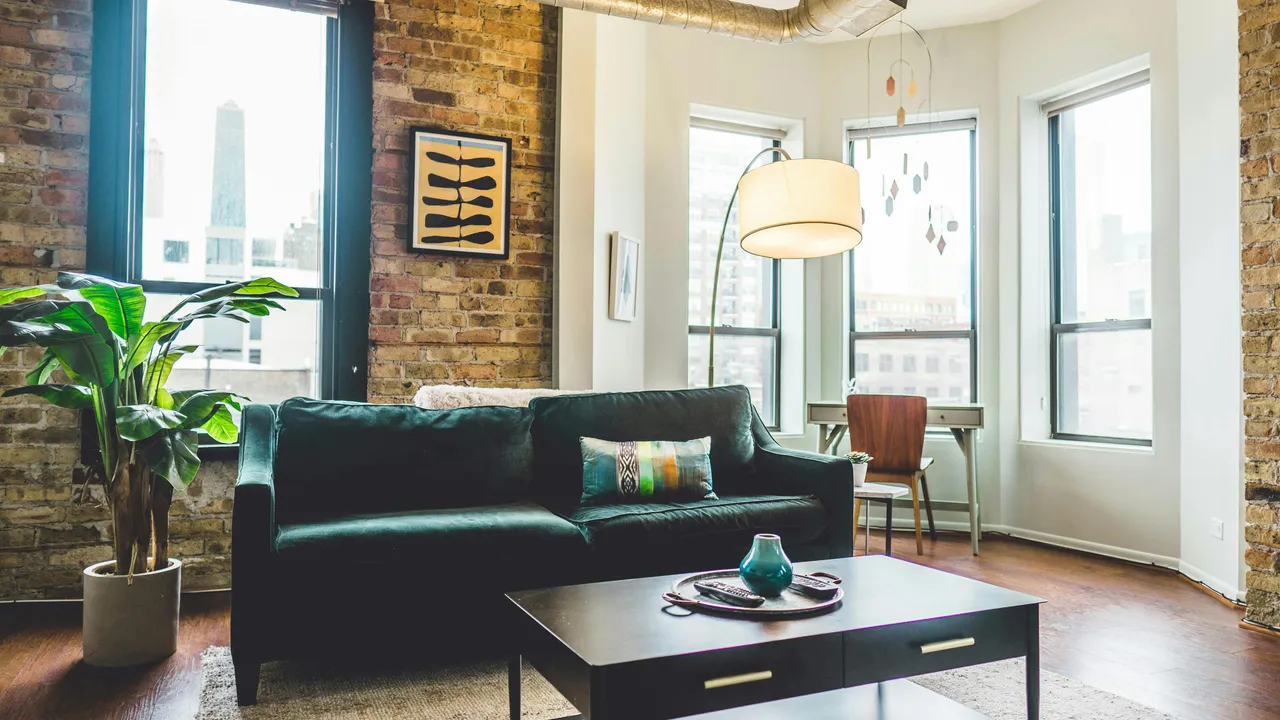For years, resident turnover has been one of the biggest operational headaches in multifamily housing. It’s costly, disruptive, and time-consuming. But in recent months, something interesting has been happening: resident retention rates are climbing.
According to RealPage, as of late 2024, more than 54% of renters in market-rate apartments are renewing their leases—a notable 120 basis point increase from the previous year. In some regions, the shift is even more pronounced. Cities like Minneapolis and Detroit have seen retention rates spike by more than 400 basis points. In an industry that often contends with transience, this trend is significant.
Even outside of the last year or two, renewals are up in the long term. In the decade before the pandemic (2010-2019), renewals averaged 50.7% nationally. That rate ticked up throughout the decade to stand at 52.8% in early 2020. When COVID-era lockdowns caused many residents to resign their leases by default, retention hit the highest rates on record, topping out around 57% in mid-2022.
RealPage
So, why is this happening? And more importantly, how can multifamily operators seize this opportunity to build stronger, more profitable communities?
The Key Drivers Behind Rising Retention
A combination of economic factors, supply dynamics, and strategic property management decisions are contributing to this upward trend in lease renewals. Here’s what’s at play:
1. Economic Headwinds Are Keeping Renters in Place
The path to homeownership is tougher than ever. Mortgage rates remain high, and while home prices have stabilized in some markets, the overall affordability crisis persists. For many renters, the leap to buying a home simply isn’t feasible right now. Rather than risking higher housing costs or an uncertain market, they’re opting to stay put.
Additionally, inflationary pressures and concerns about economic uncertainty are making renters more cautious about moving. When faced with the hassle and expense of relocating—security deposits, moving costs, and potential rent hikes at a new property—many are deciding that renewing their lease is the smarter financial move. And when operators leverage specialized technology to proactively engage residents with a seamless, transparent renewal process – they are even more likely to retain them.
2. A Supply Surge Is Encouraging Operators to Focus on Retention
The multifamily industry is experiencing one of its biggest supply expansions in years, with over 500,000 new units delivering in 2024 alone. While new construction was initially expected to ease affordability challenges, it has also created a hyper-competitive leasing environment. To avoid losing residents to newer properties offering aggressive move-in incentives, existing communities are stepping up their retention efforts.
This shift has led to a greater focus on customer service, amenity upgrades, and flexible renewal offers. Instead of pouring resources into costly marketing campaigns to attract new renters, many operators are doubling down on resident satisfaction strategies to keep their existing residents happy. Technology solutions that elevate renewals from a process to a strategy empower operators to personalize retention efforts at scale – ensuring they aren’t simply competing on price, but on overall experience.
3. The Resident Experience Is Becoming a Priority
Historically, lease renewals have been treated as an administrative task rather than an opportunity to build loyalty. That mindset is changing. With renters in the driver’s seat, property managers are recognizing the importance of enhancing the resident experience.
This means responding to maintenance requests faster, creating more community-building initiatives, and offering personalized renewal incentives. Smart operators are also leveraging technology to better understand resident preferences and tailor their engagement strategies accordingly. Residents respond to self-service digital options and proactive communication, resulting in higher satisfaction and retention rates.
How Operators Can Maximize This Trend
Rising retention rates are great news—but only for those who take advantage of them. As we know, the industry has long been primarily focused on resident acquisition with retention relegated largely to an administrative function lacking robust strategy. Multifamily operators who want to capitalize on this shift need to be proactive. Here’s how:
1. Rethink Your Renewal Strategy
Renewals shouldn’t be an afterthought. Instead of waiting until a resident is 60 days out from lease expiration, start the conversation earlier. Use data-driven insights to predict which residents are likely to renew and which may need a little extra incentive. Leverage your portfolio for residents who are happy but may need more space or are relocating.
Offering flexible lease terms, minor rent discounts, or small value-add perks—such as free parking or upgraded appliances—can go a long way in persuading residents to stay. As can enhanced communication and resident feedback throughout the lease term. The key is to treat retention as an opportunity to renew an individual resident rather than simply renewing a lease using a one-size-fits-all approach.
2. Leverage Technology to Improve Retention Efforts
Importantly, utilizing specialized retention technology is a game changer for both site teams and leadership. Platforms like are a game changer, helping property managers anticipate renewal trends, identify at-risk residents, and automate outreach efforts. We make it easy for residents to communicate in a digital world via portals and apps—yet this digital connection typically breaks at the renewal process. Leveraging technology keeps this digital chain intact and provides residents a more seamless experience.
Rather than scrambling to keep residents engaged, operators can use Renew’s tools to proactively communicate with residents, track sentiment, and offer timely incentives. This not only improves retention rates but also streamlines operational workflows—reducing the administrative burden of renewals and minimizing the time to decision—all of which can dramatically impact NOI.
3. Elevate the Resident Experience
Retaining residents isn’t just about lease terms and pricing. It’s about creating an environment where people actually want to live. Community events, resident appreciation initiatives, and thoughtful engagement can make all the difference.
Consider upgrading amenities that matter most to residents—like pet-friendly features, package delivery solutions, and improved fitness centers. Small touches, such as birthday messages, welcome gifts, and quick responses to service requests, can also contribute to stronger resident satisfaction and long-term loyalty.
Final Thoughts
The recent uptick in retention rates signals a shift in renter behavior—one that presents a valuable opportunity for multifamily operators. Whether it’s due to economic uncertainty, increased housing supply, or improved property management strategies, one thing is clear: renters are staying put.
For operators, this is a chance to refine renewal strategies, leverage technology like Renew to streamline efforts, and create living experiences that truly resonate with residents. By doing so, they can not only maintain higher occupancy rates but also foster thriving, loyal communities for the long haul.
Retention is no longer just a metric—it’s a competitive advantage. And the smartest operators are making it their priority.
.svg)

.svg)










